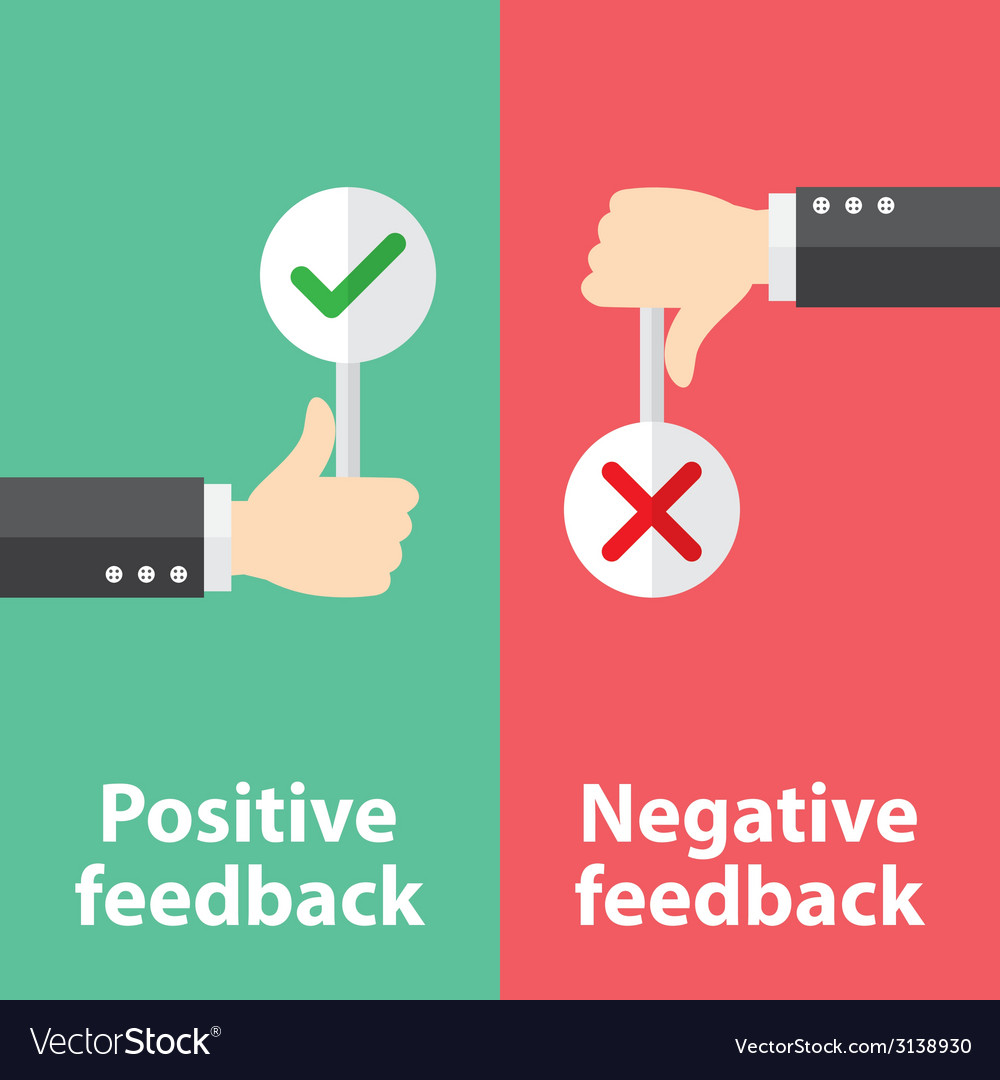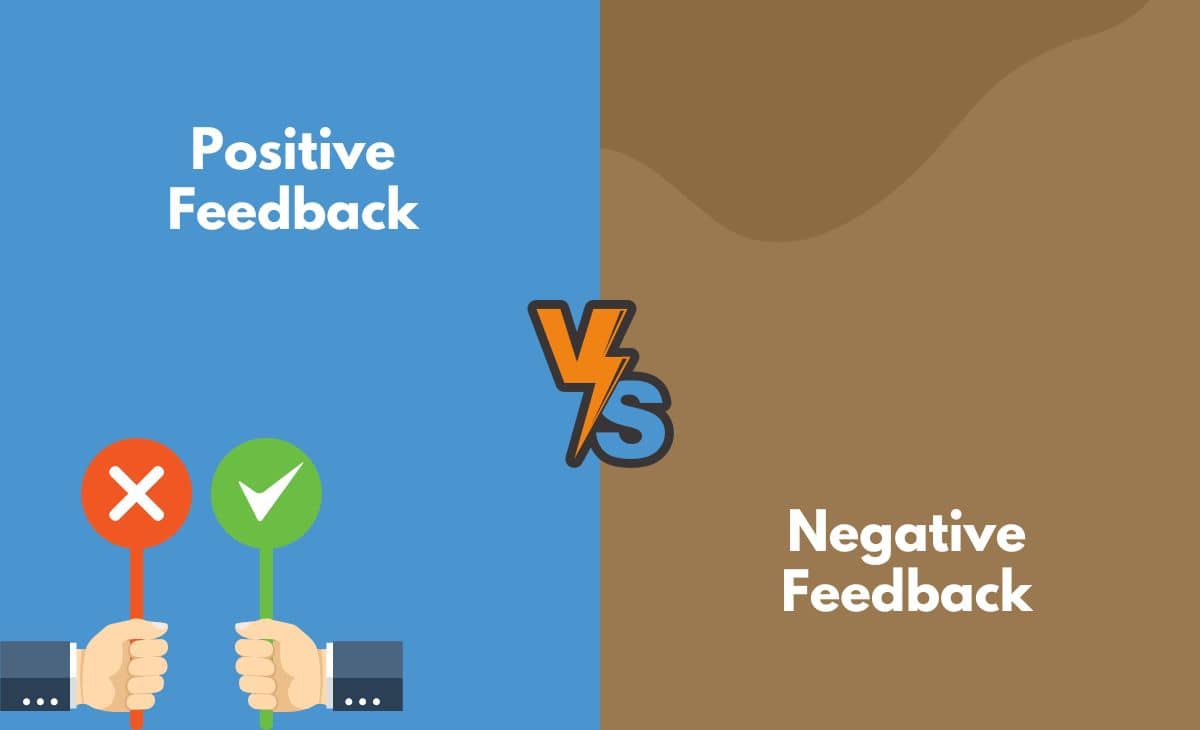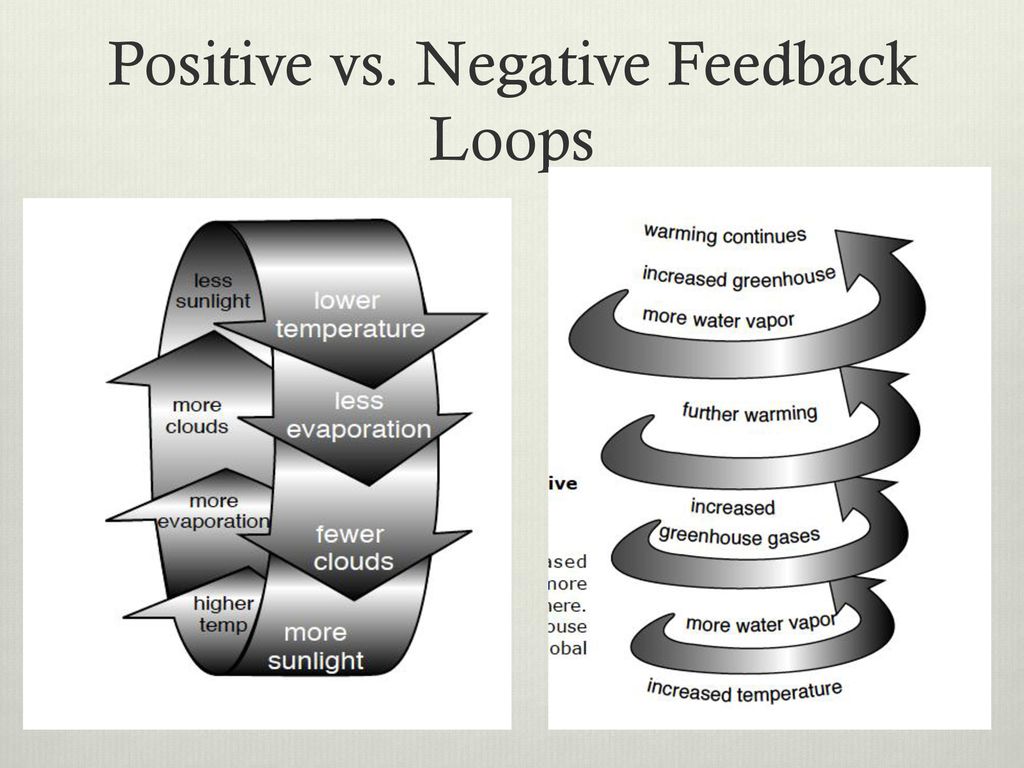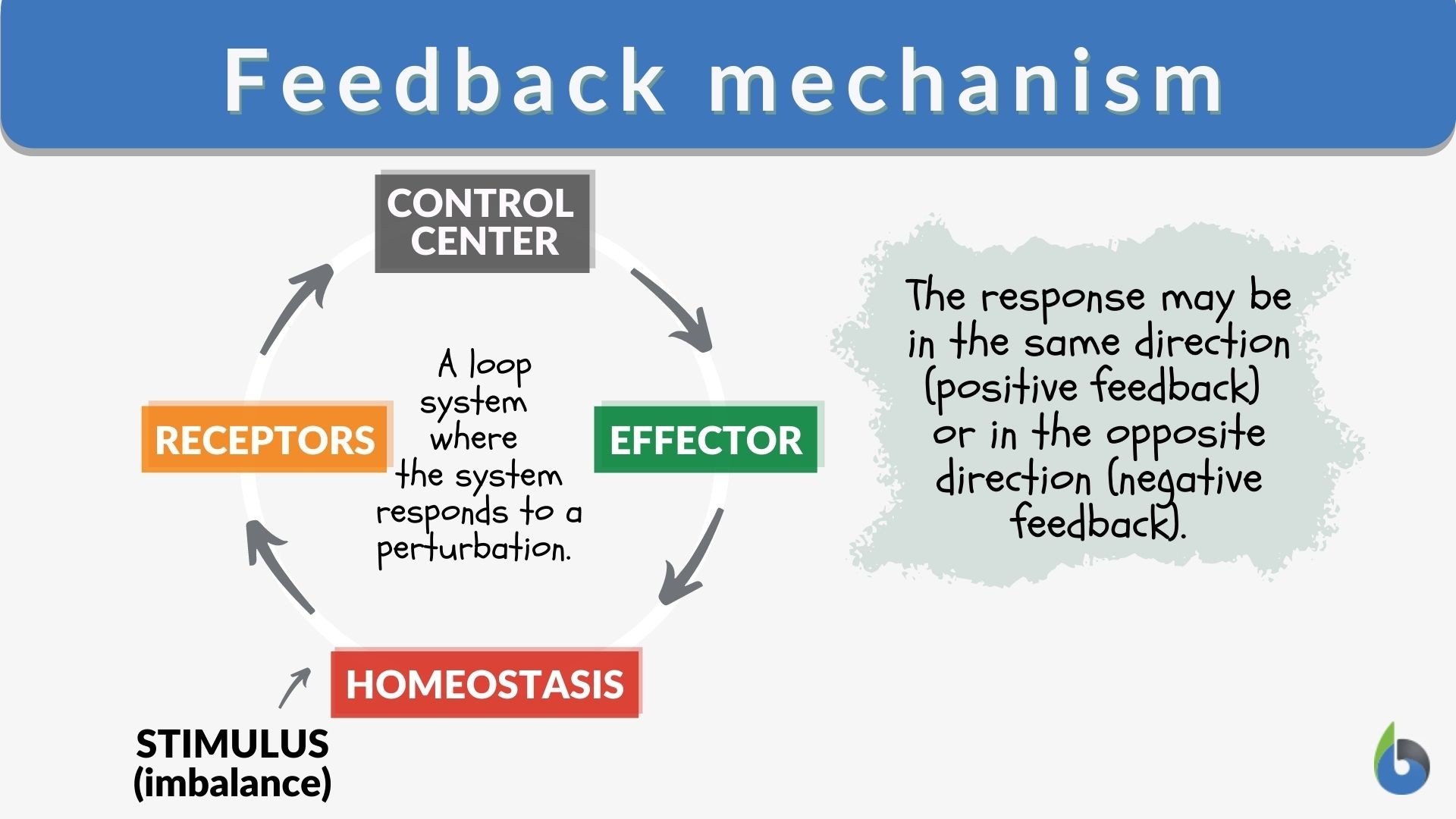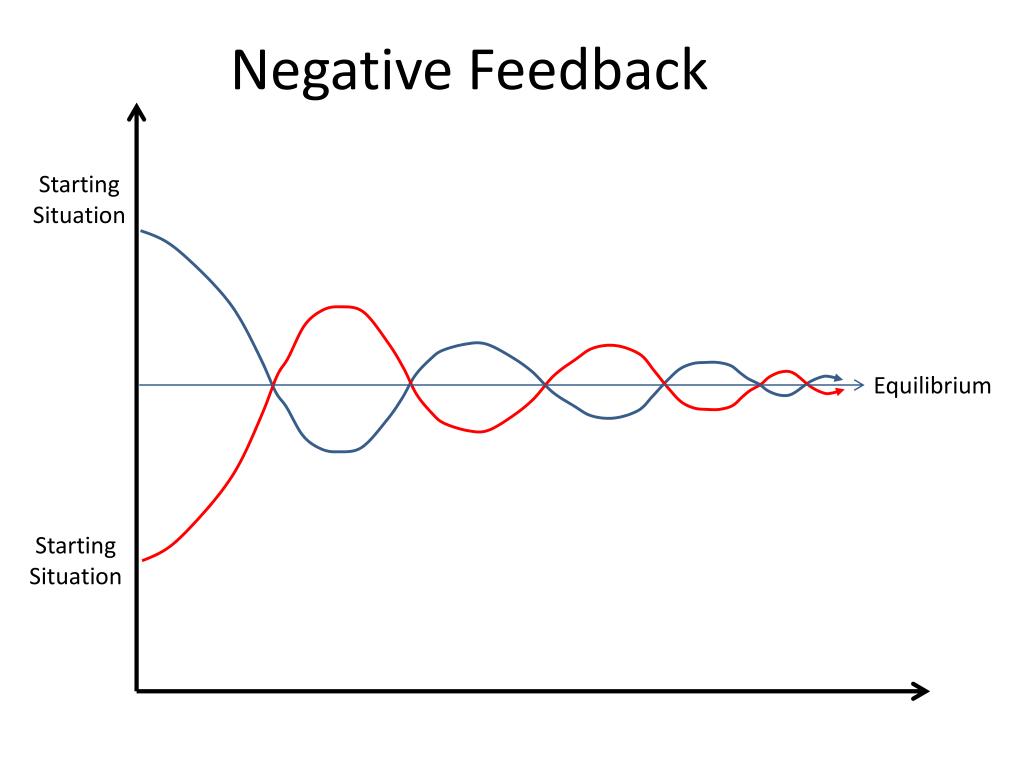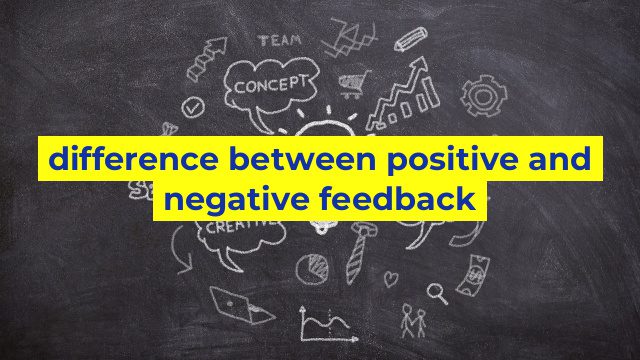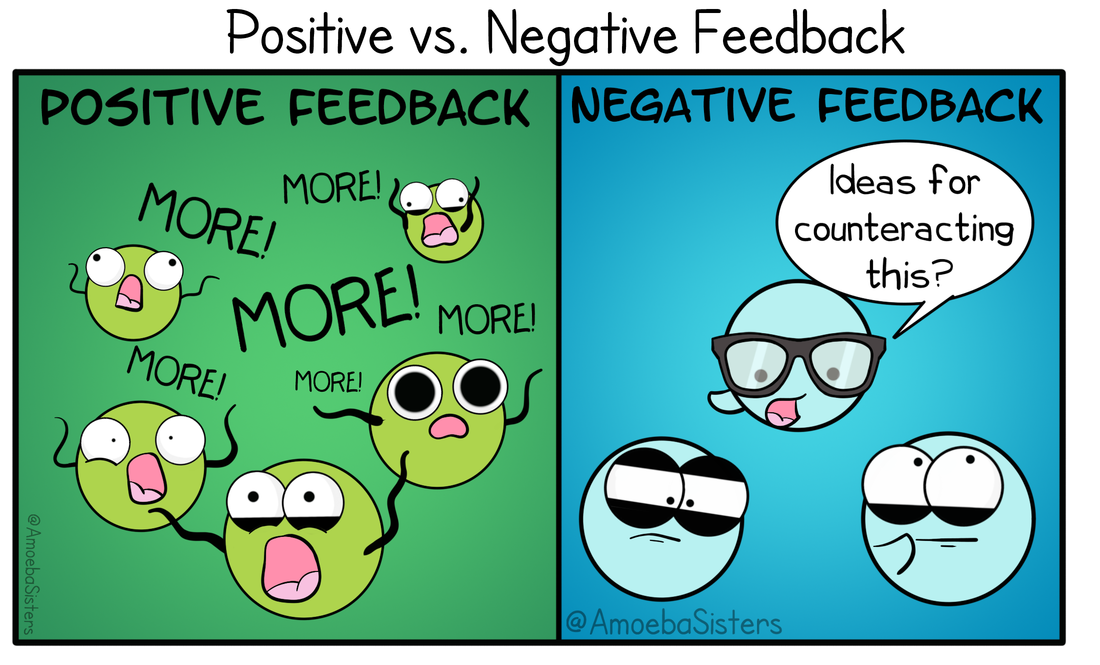Positive Feedback Differs From Negative Feedback Because

Imagine a thermostat. It diligently monitors the temperature of your home, kicking the heater on when it dips too low and turning it off when it rises too high, maintaining a stable, comfortable environment. Now, picture a snowball rolling down a hill, gathering more snow as it goes, growing exponentially larger and faster. These seemingly disparate scenarios highlight two fundamental control mechanisms at play in everything from our bodies to global climate systems: positive and negative feedback.
While both positive and negative feedback loops are crucial for regulating systems, they operate in fundamentally opposite ways. This article will delve into the distinct differences between these two regulatory mechanisms, exploring their roles in various natural and artificial systems and highlighting their profound implications.
Understanding Negative Feedback: Maintaining Stability
Negative feedback is perhaps the more familiar of the two concepts. It's the body's internal "thermostat," constantly working to maintain a stable, desired state, also known as homeostasis.
Think of your body temperature. When you get too hot, you sweat. The evaporation of sweat cools you down, bringing your temperature back to normal. This is a classic example of negative feedback: a change triggers a response that counteracts the initial change.
Negative feedback loops work by sensing a change in a variable and then initiating a process that opposes that change. This creates a self-regulating system that oscillates around a set point.
Many physiological processes rely on negative feedback. Blood sugar regulation, blood pressure control, and hormone regulation all depend on these stabilizing loops.
For example, when blood sugar levels rise after a meal, the pancreas releases insulin. Insulin helps cells absorb glucose from the blood, lowering blood sugar levels back to normal. As blood sugar decreases, insulin secretion slows down, preventing blood sugar from dropping too low.
Beyond biology, negative feedback is also crucial in engineered systems. The cruise control in your car uses negative feedback to maintain a constant speed, adjusting the engine power to compensate for hills or wind resistance.
The Importance of Set Points
A key feature of negative feedback is the set point. The set point represents the ideal or desired value for a particular variable.
The system constantly monitors the variable and takes corrective action to keep it as close to the set point as possible. Disruptions to the set point can indicate a problem within the system.
For example, a persistently elevated body temperature might indicate an infection. Similarly, unstable blood sugar levels could suggest diabetes.
Unveiling Positive Feedback: Amplifying Change
In contrast to negative feedback, positive feedback amplifies a change, driving the system further away from its initial state. It's less about maintaining stability and more about pushing a system toward a new threshold or completing a process.
A prime example of positive feedback is childbirth. As the baby's head presses against the cervix, it stimulates the release of oxytocin, a hormone that causes uterine contractions.
These contractions push the baby further down, leading to even more oxytocin release and stronger contractions. This cycle continues until the baby is born, effectively ending the positive feedback loop.
Another biological example is blood clotting. When a blood vessel is damaged, platelets adhere to the site of injury and release chemicals that attract more platelets. This creates a cascade effect, rapidly forming a clot to stop the bleeding.
While positive feedback is essential in certain biological processes, it can also be dangerous if left unchecked. A runaway positive feedback loop can lead to instability and even system failure.
For instance, in some cases of heart failure, the heart's weakened pumping action can lead to decreased blood flow to the kidneys. This triggers the release of hormones that cause the body to retain more fluid, which further overloads the heart, creating a vicious cycle.
The Potential for Instability
Because positive feedback amplifies change, it can lead to instability if not carefully regulated. Systems relying on positive feedback often require external controls or mechanisms to eventually stop the amplification process.
Without these controls, the system can spiral out of control. This is why positive feedback is often associated with events that need to reach a specific endpoint, such as childbirth or blood clotting.
In environmental science, the melting of Arctic sea ice is a worrying example of a potential positive feedback loop. As ice melts, it exposes darker ocean water, which absorbs more solar radiation. This warms the ocean, leading to further ice melt, creating a self-reinforcing cycle.
Key Differences Summarized
The core difference lies in their respective goals. Negative feedback seeks to maintain stability by counteracting change, while positive feedback amplifies change, driving the system away from its initial state.
Negative feedback creates a self-regulating system that oscillates around a set point. Positive feedback, on the other hand, can lead to exponential growth or decline, often requiring an external trigger to stop the process.
Think of it this way: negative feedback is like a skilled driver constantly making small adjustments to stay on course, while positive feedback is like pushing a boulder down a hill – once it starts rolling, it's hard to stop.
The Broader Significance
Understanding the nuances of positive and negative feedback is crucial in many fields. In medicine, it helps us understand disease processes and develop effective treatments.
In engineering, it allows us to design stable and reliable systems. In environmental science, it helps us predict and mitigate the impacts of climate change, as noted in reports from organizations like the Intergovernmental Panel on Climate Change (IPCC).
The principles of feedback extend beyond the scientific realm. They can even offer valuable insights into understanding human behavior and social dynamics.
For example, consider a rumor spreading through a community. If people tend to repeat the rumor more often when they hear it, this could create a positive feedback loop, leading to rapid and widespread dissemination of misinformation.
Conversely, if people tend to challenge the rumor when they hear it, this could create a negative feedback loop, limiting its spread. Recognizing these dynamics can help us understand how information spreads and how to combat misinformation effectively, as highlighted by research from organizations like the World Health Organization (WHO).
Conclusion: Appreciating the Balance
Both positive and negative feedback are essential for the functioning of complex systems. While they operate in opposite ways, they are not mutually exclusive. Many systems rely on a delicate balance between the two.
Appreciating the interplay between these regulatory mechanisms allows us to better understand the world around us, from the intricate workings of our bodies to the vast and complex systems that govern our planet. By studying these feedback loops, we gain valuable insights into how systems maintain stability, adapt to change, and ultimately, thrive.
Perhaps the next time you shiver on a cold day, or witness a powerful storm, you'll remember the dance of positive and negative feedback, the invisible forces shaping our world in profound and fascinating ways.


